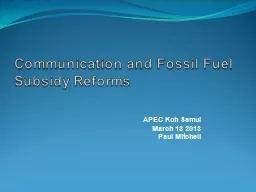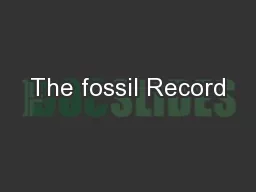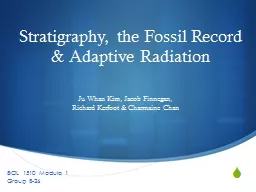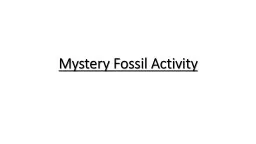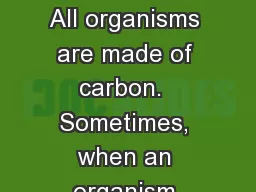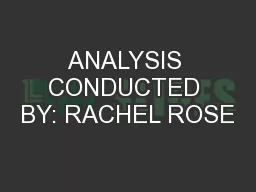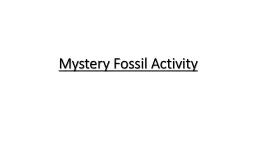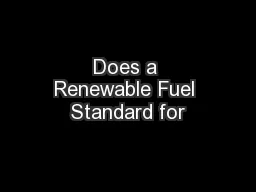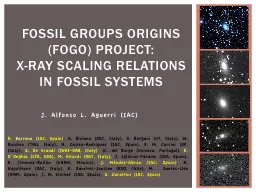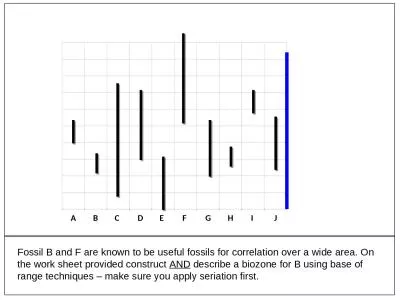PPT-Communication and Fossil Fuel
Author : tawny-fly | Published Date : 2017-05-19
Subsidy Reforms APEC Koh Samui March 18 2013 Paul Mitchell Communication Integral to Reform Fuel Subsidy Reform will not succeed without communication that is
Presentation Embed Code
Download Presentation
Download Presentation The PPT/PDF document "Communication and Fossil Fuel" is the property of its rightful owner. Permission is granted to download and print the materials on this website for personal, non-commercial use only, and to display it on your personal computer provided you do not modify the materials and that you retain all copyright notices contained in the materials. By downloading content from our website, you accept the terms of this agreement.
Communication and Fossil Fuel: Transcript
Download Rules Of Document
"Communication and Fossil Fuel"The content belongs to its owner. You may download and print it for personal use, without modification, and keep all copyright notices. By downloading, you agree to these terms.
Related Documents

